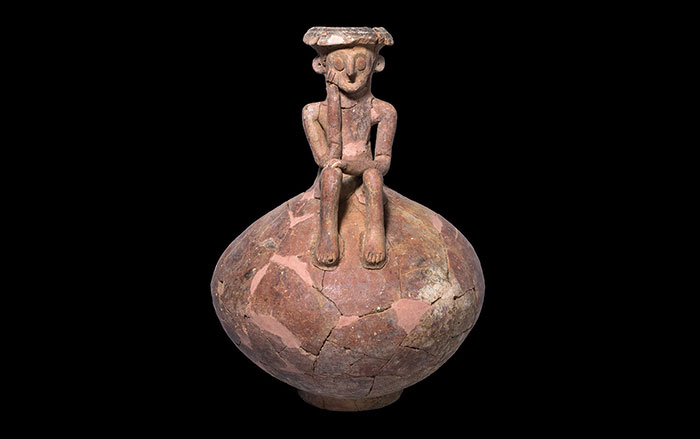
FIFE, SCOTLAND—According to a report in The Courier, Sabine Hyland of the University of St. Andrews has deciphered two lineage names from two eighteenth-century logosyllabic khipus found in the village of San Juan de Collata in the Peruvian Andes. Khipus, made by the Inca from cotton or fibers obtained from alpacas, llamas, or deer, were used to record and transport information. It was previously understood that the Incas used khipus to record numbers, but evidence that they were used to record narratives has only come to light recently, Hyland noted. Her analysis of the special khipus held at San Juan de Collata revealed 95 different symbols of a writing system in which each pendant cord represents a phonetic syllable. At the end of each khipu, three-cord sequences used colors, types of fibers, and the direction of the ply to represent lineage names, she explained, noting that it is often necessary to feel the cords in order to determine what sort of fiber the texts were made with. For more, go to “Reading an Inca Archive.”










